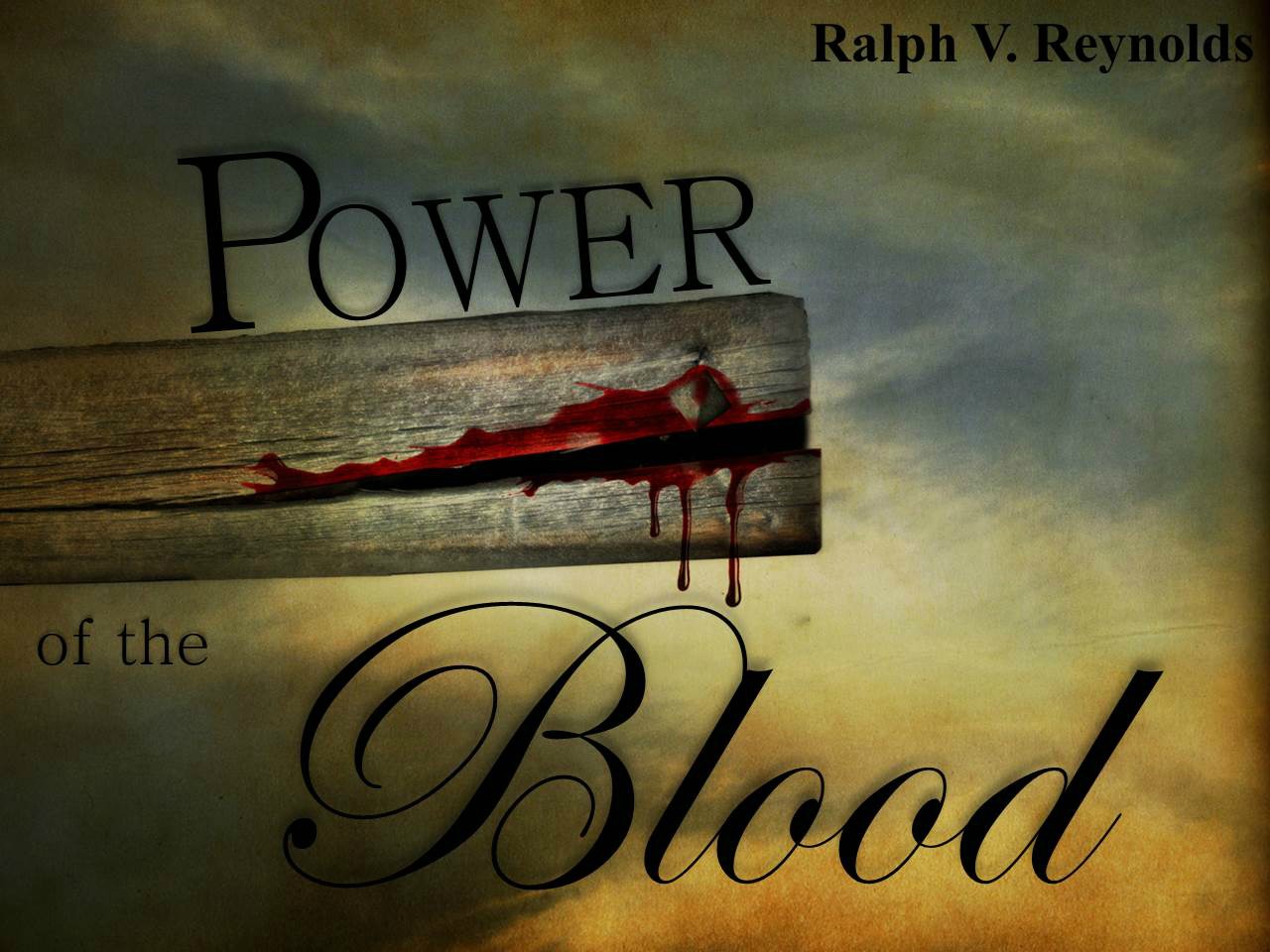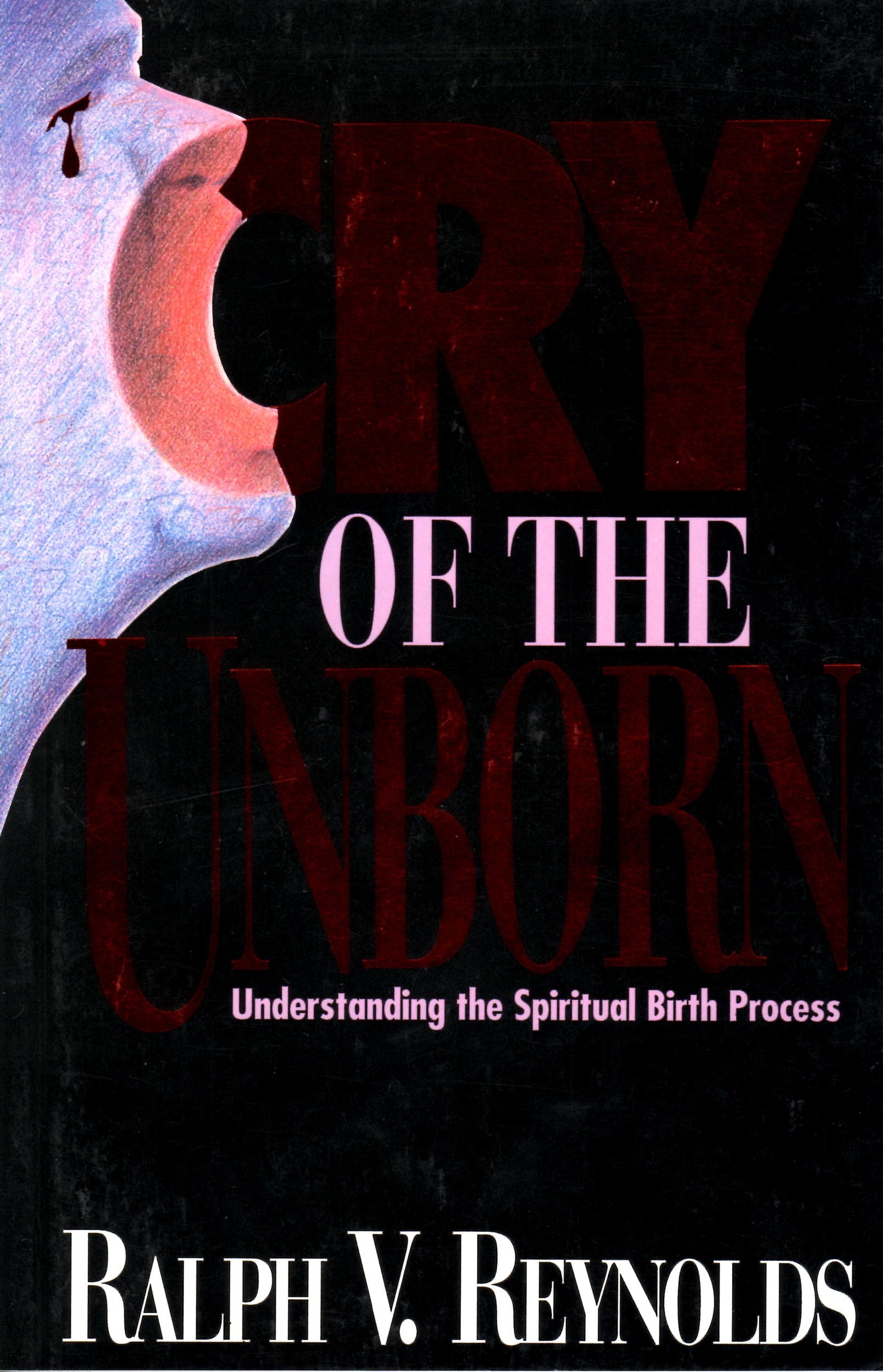Can we say that any of these elements are not essential? Certainly not! Each is important and does a definite work in salvation. Not one of them can be left out. Also, let us not say that one has received nothing when one has gone part way and experienced only one of these elements. We must always remember that there are three, and they agree in one in the work of salvation.

By Ralph V. Reynolds
To View the Entire Article, Click Here
To Download the Entire Article Directly to Your Computer, Click Here
To View the Outline, Click Here
To View the PowerPoint, Click Here
“… And without the shedding of blood is no remission” (Hebrews 9:22).
The crimson cord of the atonement runs throughout the Bible. In the Garden of Eden, the Lord God slew animals and made coats of the skins to clothe our first parents (Genesis 3:21). This was followed by the more excellent sacrifice of Abel, and from that point, rivers of sacrificial blood flowed upon the altars of Israel. On Mount Moriah, Abraham offered up a ram that was caught in the thicket in Isaac’s stead for a burnt offering (Genesis 22:13). This was another example of the efficacy of blood to atone for sins and how it took substitutionary death to save.
All sin is rebellion against God and an attack against His sovereignty. If God could countenance and condone sin in any measure, He would no longer be God. The honor and justice of God demands that all sin be judged by death. The blood of the Lamb of God shed upon the cross of Calvary was the very life of Jesus.
Life is in the blood (Leviticus 17:10-15). When we understand this, we can see how it took the shedding of blood to remit sin. Also, the judgment given in the First Church Council can be clearly understood. Here the drinking of blood and eating of flesh that was strangled is placed upon the same level of sin as idolatry and fornication. There are only four things which were forbidden: idolatry, fornication, meat that was strangled and blood (Acts 15:20).
If a person has a light view of atonement, he will also have a light view of sin. Atonement goes back to the killing of the animal in the garden by the Lord God and continues on through with the Passover and the Tabernacle plan until Calvary. In the Old Testament all the sacrifices upon the altars pointed forward to Calvary. The faith of the justified was in the finished work of Calvary which was, at that time, still future. In this dispensation, our faith is still in the same finished work of Calvary but now we look back to a definite point in time when this was accomplished.
Calvary is the watershed of all humanity. Calvary is God’s roadblock to hell. It is there at the cross of Calvary where God says to men and women everywhere, “Stop, you are on your way to hell.” Every lost soul must detour around the cross of Calvary on their downward slide into a lost eternity. It was at Calvary that it is decided whether a man or woman will be spending eternity in hell. It is at Pentecost that it is decided whether or not a man or woman will be in the bride of Christ in the New Jerusalem.
The child of God is identified with Christ in the death, burial and resurrection. Where there is no death, there can be no resurrection. If the penitent seeker does not die through repentance, there can never follow a burial and resurrection. Much is accomplished in the heart of the sinner at repentance. Then he is a candidate for water baptism in Jesus’ name and to be a recipient of the Holy Ghost.
There are three elements in salvation: blood, water and spirit. “And there are three that bear witness in earth, the spirit, and the water, and the blood: and these three agree in one” (I John 5:8). These elements are associated together again and again in Scripture. They do not conflict one with the other, but rather they agree in one. In the plan of salvation, they are in Jesus Christ and made available to the sinner in the name of Jesus.
To View the Entire Article, Click Here
To Download the Entire Article Directly to Your Computer, Click Here
To View the Outline, Click Here



